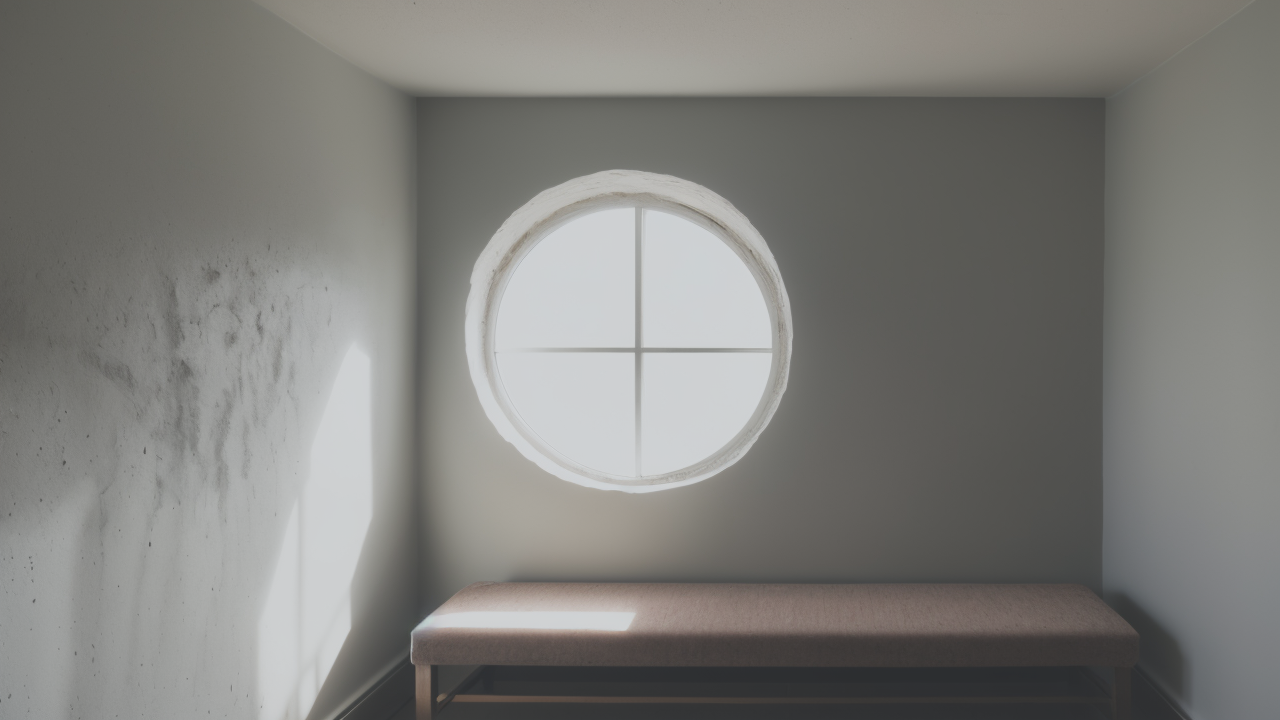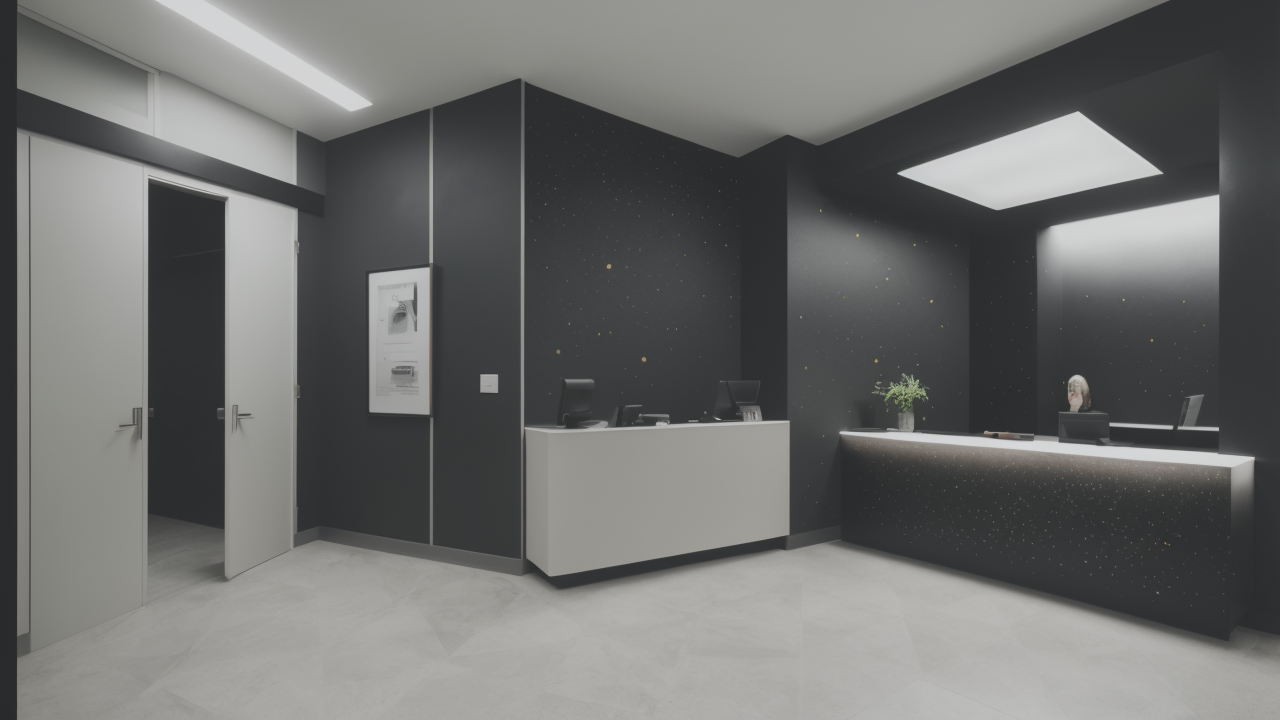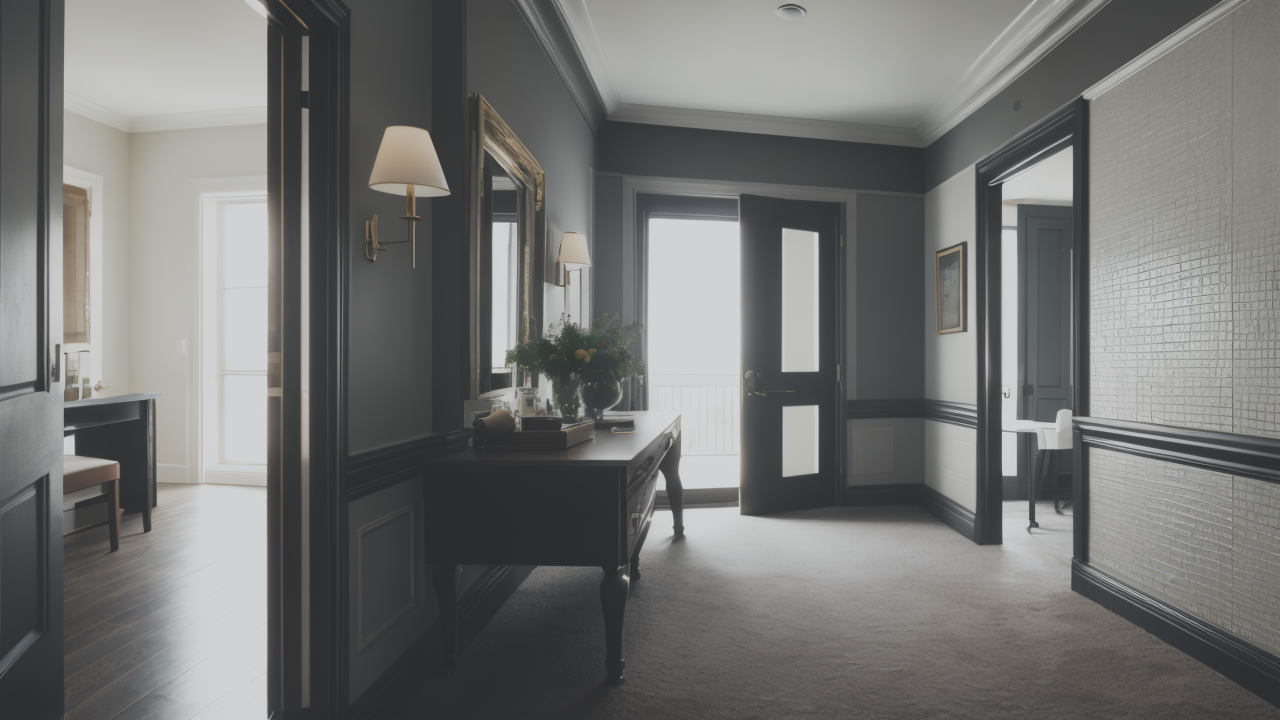
Elevate Your Space: Texture Plaster Art Techniques for Modern Interiors
Understanding Texture Plaster: Materials and Applications
The Essentials of Plaster Art
Texture plaster art is a versatile technique that adds depth and character to walls. It uses plaster to create 3D designs, from subtle patterns to bold reliefs. This art form combines traditional craftsmanship with modern aesthetics.

Key materials include gypsum plaster, lime plaster, and cement-based plasters. Each type offers unique properties for different effects. Tools like trowels, brushes, and sponges help shape the plaster.
The process involves applying layers of plaster and manipulating its surface. Artists can create smooth finishes or intricate textures. The result is a custom, tactile wall treatment that transforms spaces.
Types of Plaster Used in Home Decor
Several plaster types are popular in modern interiors:
- Venetian plaster: Smooth, glossy finish with depth
- Marmorino: Matte, stone-like appearance
- Tadelakt: Waterproof Moroccan plaster
- Stucco: Rough, textured exterior finish
- Lime plaster: Breathable, eco-friendly option
Each type has unique properties and application methods. Venetian plaster creates a luxurious look, while stucco offers rustic charm. Tadelakt is perfect for bathrooms due to its water resistance.
Choosing the right plaster depends on the desired effect and location. Some work better in high-moisture areas, while others excel in creating specific textures.
The Role of Texture Plaster in Contemporary Design
Texture plaster art has become a staple in modern interior design. It adds visual interest without overwhelming a space. Designers use it to create focal points or enhance entire rooms.
In minimalist spaces, subtle textures add warmth without clutter. Bold, geometric patterns can make a statement in contemporary settings. Organic textures bring a touch of nature indoors.
Texture plaster complements various design styles. It pairs well with both neutral and vibrant color schemes. The versatility of plaster allows for customization to fit any aesthetic.
Architects and designers appreciate its ability to sculpt light and shadow. This quality adds depth and dimension to interiors. It can make small spaces feel larger or cozy areas more intimate.
Advanced Techniques in Texture Plaster Art
Mastering the Art of Texture: Tips from Experts
Creating stunning texture plaster art requires skill and practice. Experts recommend starting with simple patterns and gradually advancing to complex designs. Consistency in mixture and application is key.

Layering is a crucial technique. Start with a base layer and build up textures gradually. This method allows for more control and depth in the final product. Experiment with different tools to achieve varied effects.
Timing is critical when working with plaster. Know when to manipulate the surface for best results. Too wet, and it won't hold shape. Too dry, and it becomes difficult to work with.
Color integration can elevate texture plaster art. Some artists mix pigments directly into the plaster. Others apply color after the plaster has dried. Both methods offer unique visual outcomes.
Practice on sample boards before tackling large projects. This allows for experimentation without the pressure of a final piece. It's also a great way to showcase options to clients.
Innovative Tools and Equipment for Texture Creation
The world of texture plaster art is evolving with new tools and techniques. Traditional trowels and spatulas are now joined by innovative equipment. These tools help artists achieve unique textures and patterns.
Texture rollers create repeating patterns quickly and consistently. They come in various designs, from simple geometrics to complex organics. Stamp tools allow for precise, repeated motifs across a surface.
Spray equipment enables the application of thin, even layers of plaster. This is particularly useful for large areas or achieving a smooth base. It can also create fine, speckled textures.
3D stencils are gaining popularity. They allow artists to create intricate, repeating designs with ease. These stencils work well with both thick and thin plaster applications.
Digital design tools help plan complex patterns before application. Artists can visualize the final result and make adjustments. This reduces errors and improves project efficiency.
Case Studies: Transformative Texture Plaster Projects
Texture plaster art has transformed countless spaces. Here are a few inspiring examples:
- A minimalist living room gained depth with subtle, wave-like textures.
- A restaurant's feature wall became a talking point with bold, geometric patterns.
- A spa's reception area achieved serenity with smooth, marbled plaster finishes.
- An office lobby impressed visitors with a large-scale, 3D plaster mural.
- A boutique hotel corridor created intrigue with gradient textured walls.
These projects showcase the versatility of texture plaster. From subtle enhancements to dramatic statements, the possibilities are endless. Each case demonstrates how texture can elevate a space's ambiance.
Successful projects often combine multiple techniques. They may use different plaster types or integrate other materials. The key is to balance texture with the overall design scheme.
Integrating Texture Plaster Art into Your Home
Incorporating Texture Plaster into Various Room Designs
Texture plaster art can enhance any room in your home. In living rooms, a textured feature wall adds drama without overwhelming the space. Subtle patterns work well in bedrooms, creating a calming atmosphere.

Kitchens benefit from easy-to-clean, smooth plaster finishes. Consider a textured backsplash for added interest. In bathrooms, water-resistant plasters like Tadelakt are both practical and stylish.
Home offices can use texture to inspire creativity. Bold patterns or nature-inspired textures can energize the space. For dining rooms, elegant Venetian plaster adds a touch of luxury.
Don't forget transitional spaces. Hallways and entryways are perfect for experimenting with textures. They set the tone for the rest of your home. Consider how light interacts with the texture throughout the day.
Remember, texture plaster art doesn't have to cover entire walls. Accent areas or ceiling treatments can be equally effective. Balance is key when integrating texture into your overall design scheme.
DIY vs. Professional Installation of Texture Plaster
Deciding between DIY and professional installation depends on several factors. DIY can be rewarding and cost-effective for simple projects. It allows for personal creative expression and learning new skills.
However, texture plaster art requires practice to master. Beginners may find it challenging to achieve consistent results. Mistakes can be difficult and expensive to correct. Consider starting with small, low-risk areas.
Professional installation ensures high-quality results. Experts have the skills to create complex designs and smooth finishes. They also understand how to prep surfaces properly for long-lasting results.
For large-scale or intricate projects, professional help is often worth the investment. They can handle challenges like uneven surfaces or tricky corners. Professionals also work more efficiently, saving time on big jobs.
If you choose DIY, invest in proper tools and materials. Watch tutorials and practice on sample boards. For best results, consider taking a workshop or course in texture plaster techniques.
Maintaining and Caring for Your Texture Plaster Installations
Proper maintenance ensures your texture plaster art remains beautiful for years. Most plaster finishes are durable, but they do require some care. Regular dusting with a soft, dry cloth prevents buildup of dirt.
For deeper cleaning, use a slightly damp cloth. Avoid harsh chemicals or abrasive materials. They can damage the plaster's surface. If you're unsure, consult with the installer or manufacturer for specific care instructions.
Some plasters may need periodic sealing to protect against moisture. This is especially important in high-humidity areas like bathrooms. Professional resealing every few years can extend the life of your installation.
Minor scratches or chips can often be repaired easily. Keep some extra plaster and pigment for touch-ups. For significant damage, it's best to consult a professional. They can assess and repair without compromising the overall design.
With proper care, your texture plaster art will continue to elevate your space for years to come. It's a durable, timeless addition to any modern interior.


